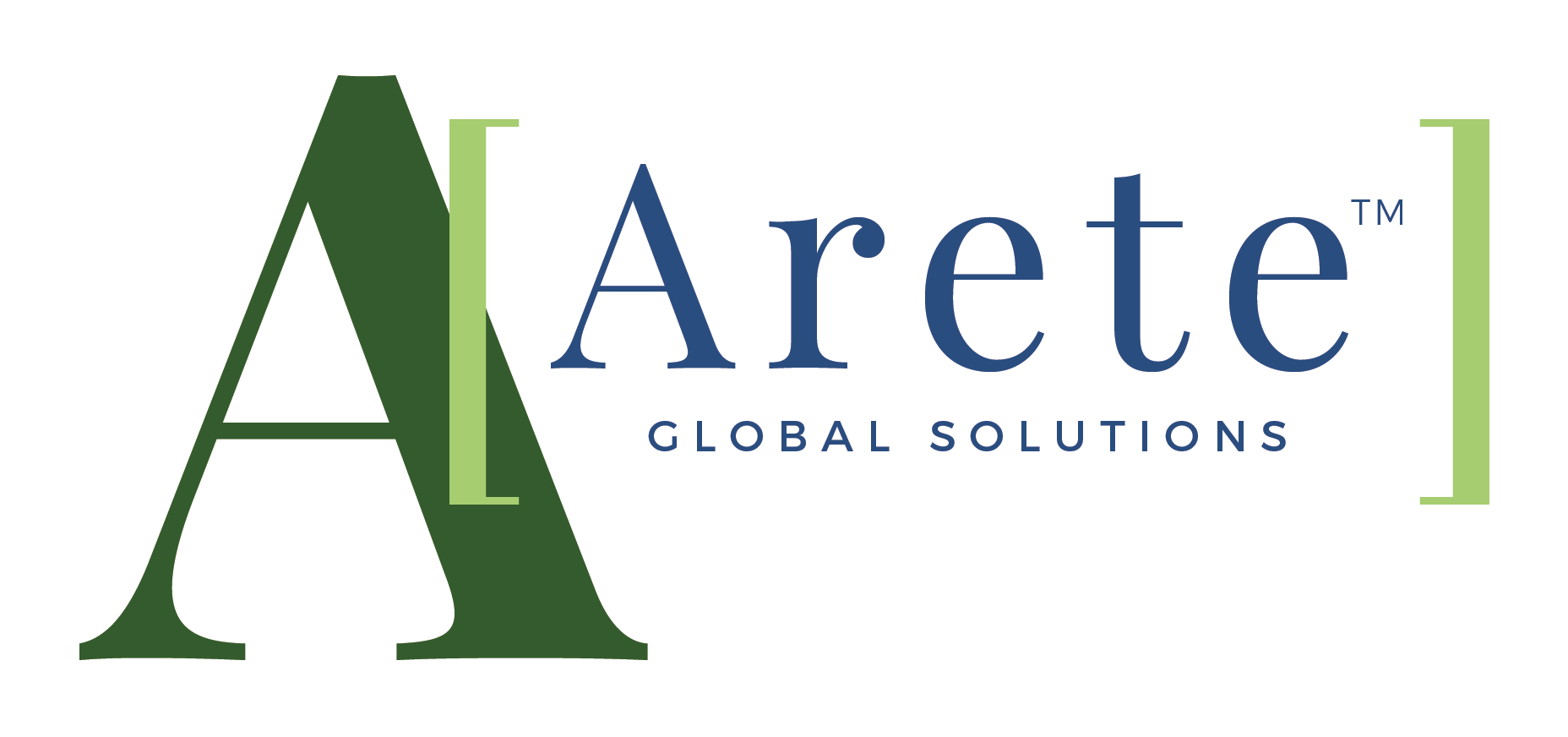On February 16, I attended our local PMI chapter’s breakfast webinar event. Presenting was Jeannette Grace of Expressive Communication Consulting & Training. Her topic was about making mistakes and enjoying success. Jeanette has been studying teams and leadership success and developed a model called G-Factor – for Gravitational pull. This model has 8 dimensions, including Grant – giving yourself and others permission to make mistakes.
Jeannette focused on the Grant dimension during our short session, discussing risk taking and the psychological safety required to support that. This also promotes innovation and getting past “the way it’s always been done before” to new breakthroughs.
Jeannette recommended viewing Eduardo Briceno’s TED talk entitled “How to get better at the things you care about”. Eduardo’s talk is described by TED as targeting everything from work to parenting to creative hobbies. I was most interested from the work and organizational perspective. This talk turned out to be a valuable find at less than 12 minutes in duration.
According to Eduardo, the most effective people alternate between 2 “zones”. We should emulate that in our work and personal life.
Learning Zone
The Learning Zone’s goal is to improve, expecting to make mistakes and learn from them.
photo: tima miroshnichenko via pexels
Performance Zone
The Performance Zone’s goal is to do something as best as we can. It’s about execution. There we concentrate on what we have already become great at while trying to minimize mistakes.
photo: andrew via pexels
Working in the Learning Zone consists of deliberate practice, deciding what to focus on and giving it full concentration, with frequent feedback, repetition, and adjustments – perhaps using skilled coaches and teachers.
To learn, we need to:
Working in the Performance Zone allows us to get things done and, if we are in-tune with ourselves and have a desire to do better, it helps to motivate us for improvement the next time we go into the Learning Zone.
Unfortunately, spending too much time in Performance Zone means growth and performance can be hindered. We can be working hard but not improving.
He proposed that our tendency to live in a Performance Zone starts with school where we are taught that mistakes are undesirable because teachers or parents want to hear just correct answers and reject our mistakes.

At work, “flawless execution cultures” are promoted to encourage great work. However, that keeps employees boxed into what they know and hesitant to try new things. Companies can’t innovate and improve under the constant pressure.

Have you found yourself in chronic high-stakes settings?
In such environments, how can we work in the Learning Zone with our teams?

The big lesson for me going forward is to execute and perform as expected, leaving time to reflect on what we can do better next time. I am encouraged by a practice within the Agile methodology in software development that includes retrospective reviews of past performance for that purpose.
Coming full-circle back to Jeannette’s talk on G-factor, as leaders we should help improve the work environment by making it safe to take risks. We can do this by setting examples that lower stakes for others through sharing what we want to improve about ourselves, asking about what we don’t know, asking for feedback, and sharing our mistakes and what we’ve learned so that others can feel safe to do the same.
I encourage leaders and anyone interested in self-improvement to view Eduardo’s talk (<link here).
Please comment on how you feel about the concept of the two Zones and how you address them in your work or personal life.
My background includes 20+ years working in multiple industries for companies of various sizes. I’ve had leadership roles with direct reports and on large matrixed projects without. I’m a lifelong learner and continuous improvement enthusiast. I believe everything can be done better and we should continue to strive for that “better”.


